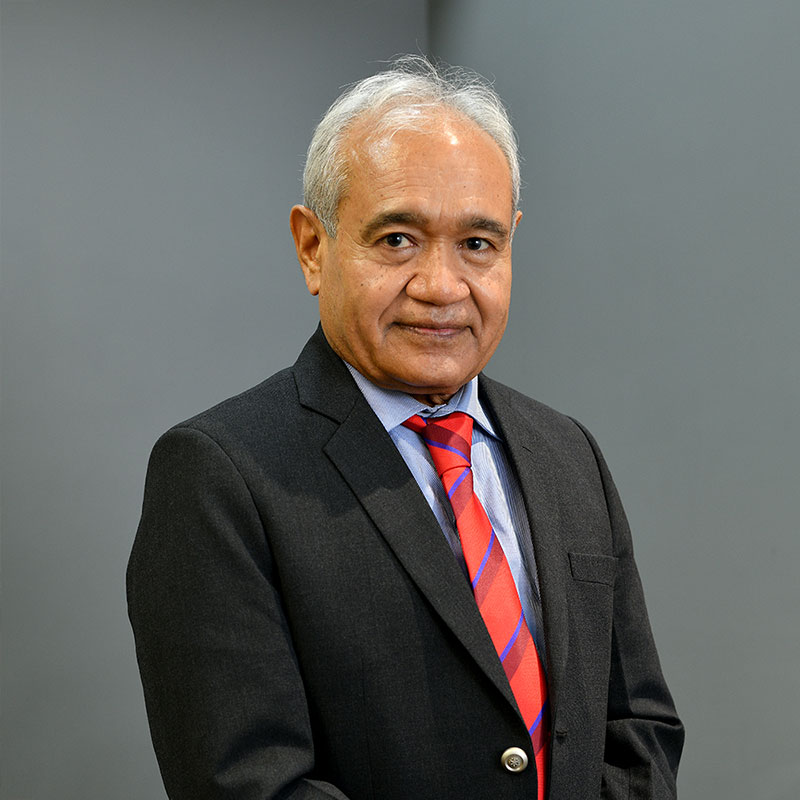Minimal Invasive Spine Surgery
About
Minimally invasive spine surgery (MIS) aims to stabilise the vertebral bones and spinal joints and/or alleviate pressure on the spinal nerves, which is frequently caused by disorders including spinal instability, bone spurs, ruptured discs, scoliosis, or tumours in the spine. Minimally invasive surgical techniques can be quicker, safer, and require less recovery time than open spine surgery.
Benefits
- Better cosmetic results from smaller skin incisions, sometimes as small as several millimeters.
- Surgery results in less blood loss.
- Reduced risk of muscle damage, since less or no cutting of the muscle is required.
- Reduced risk of infection and postoperative pain.
- Faster recovery from surgery and less rehabilitation is required.
- Diminished reliance on pain medications after surgery.
- There is less damage to skin, muscles, and tissue during surgery.
Types of MISS
Minimally Invasive Lateral Interbody Fusion
Low back disc issues can be treated with lateral interbody fusion, a minimally invasive surgery. A spinal fusion involves joining two or more vertebrae to cease uncomfortable motion, release pinched nerves, and treat scoliosis.
Minimally Invasive Posterior Lumbar Interbody Fusion (PLIF)
Posterior lumbar interbody fusion (PLIF) is used to stabilise the spine or to release pressure from the spinal nerves and/or spinal cord. Spinal vertebrae can be fused with bone grafts during PLIF by removing a degenerating disc that is causing pain.
Minimally Invasive Transforaminal Lumbar Interbody Fusion (TLIF)
Transforaminal lumbar interbody fusion (TLIF) is frequently carried out as a minimally invasive surgical (MIS) procedure. In the lower back, injured or misplaced vertebrae are permanently fused with TLIF to restore disc height.
Minimally Invasive Posterior Thoracic Fusion
Thoracic spine fusion can cure a number of diseases. The development of minimally invasive techniques was driven by the fact that traditional open procedures for the surgical treatment of thoracic spine conditions can be linked to high approach-related morbidity.
Our Team
Meet our team of renowned medical professionals at AB Plus multi-specialty hospital.

Dr. Mahendra Narwaria
A Very Renowned Bariatric, Gi, And Robotic Surgeon
Meet Our Expert At AB Plus Multi-Specialty Hospital
A Very Renowned Bariatric, Gi, And Robotic Surgeon

Dr Shilpa Narawaria
Telemedicine And Bariatric Consultant
The Best Telemedicine And Bariatric Consultants In Our Hospital
Telemedicine And Bariatric Consultant

Dr. Sudhendu R. Patel
M.D. (Medicine) - Sr. Consultant Physician

Dr. Parth Patel
MBBS, MD, FNB Critical Care Medicine
The Youngest Gold Medalist Expert Who Can Help You With Your Most Critical Operations
MBBS, MD, FNB Critical Care Medicine

Dr. R.B. Patel
M.S ,F.I.C.S ,F.I.C.A – Sr. Consultant Surgeon

Dr. Hardik Vyas
MBBS , MS – Sr. Consultant Surgeon

Dr. Hardik Padhiyar
MS (ORTHO)

Dr. Priyanka Sharma
Plastic And Aesthetic Surgeon

Dr. Prathan Amin
Orthopedic Spine Surgeon
Success Stories
FAQs
It will limit or lessen the quantity of food you can eat or stop you from digesting all of the food you have eaten. Also, there can be a combination of both.
While any surgical procedure has risks and complications, bariatric surgery has been found to be one of the safest surgeries to undergo. It is considered as safe or more safe when compared to other elective surgeries.
A gastric sleeve is the excision of a section of the stomach. Mass loss may take longer than with gastric bypass. A tiny gastric pouch is formed and the small bowel is rerouted during a gastric bypass. Because the small bowel is rerouted, it is more intrusive than the sleeve.
Gastric bypass surgery was discovered to be the most successful for weight loss, with an average 31% loss of total body weight in the first year and a 25% loss of total body weight after five years.
Depending on the kind of surgery, you might lose somewhere between 36% to 90% of your excess body weight (EBW) from 6 months to two years. Clinical studies have indicated that most individuals lose weight quickly after surgery and continue to do so for 18 to 24 months. However, you will not lose weight after the procedure. Patients, on the other hand, may lose 30 to 50% of their extra weight in the first 6 months and 77% as early as 12 months following surgery. Another study found that individuals might keep their extra weight loss of 50–60% for 10–14 years following surgery.
Weight-loss surgery, often known as bariatric surgery, can be performed in a minimally invasive manner and used to manage Type 2 diabetes. Diabetes is treated with surgery that regulates the amount of sugar in the blood. The duodenal switch is one sort of surgery.
If you’ve undergone gastric bypass surgery, you’ll have dropped between 30 and 40% of your extra body weight. With gastric banding surgery, you lose 1 to 2 pounds each week, for a total weight loss of 25 to 50 pounds in six months.




